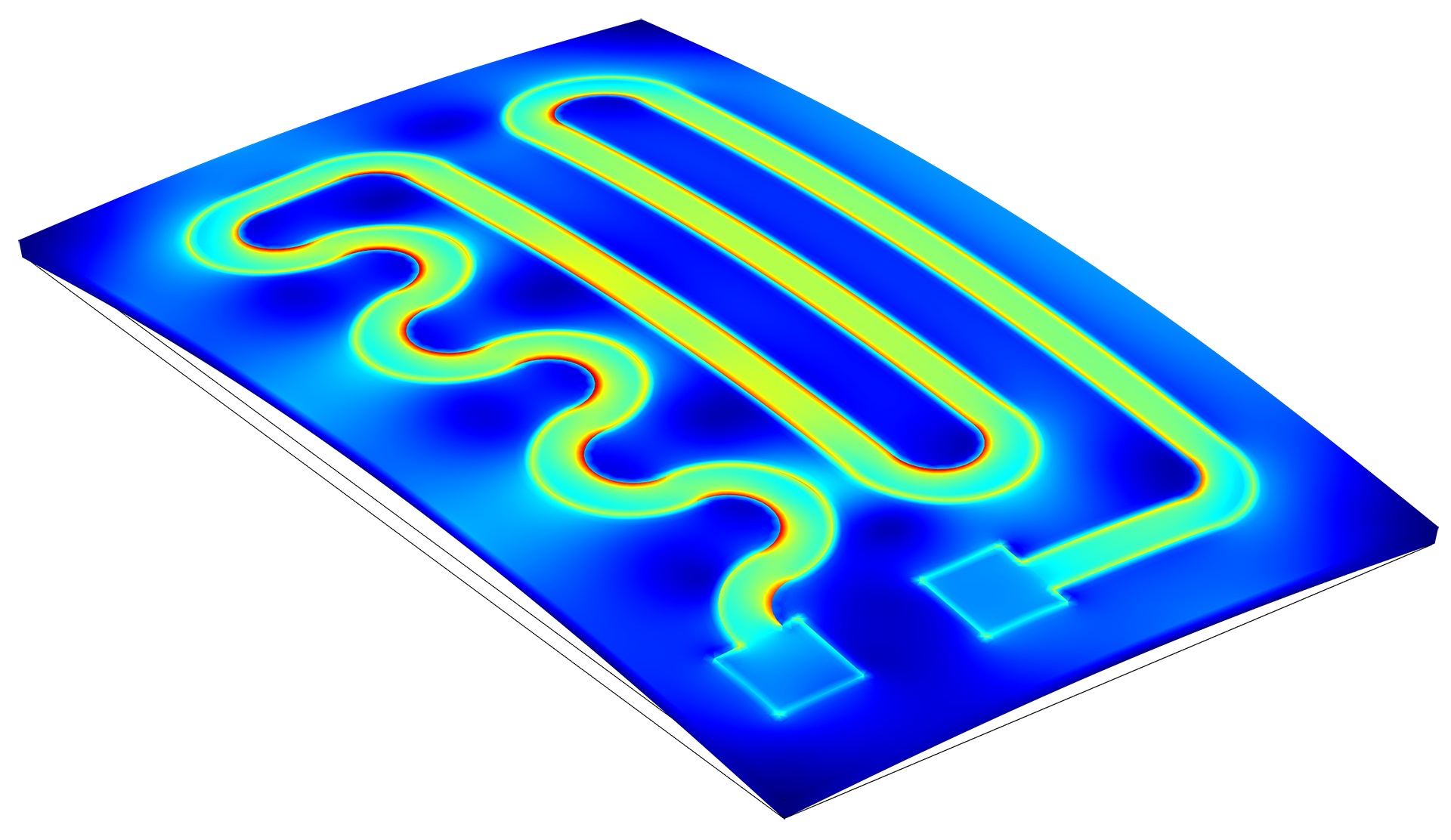
- #Joule heating comsol 5.1 how to#
- #Joule heating comsol 5.1 pdf#
- #Joule heating comsol 5.1 software#
#Joule heating comsol 5.1 software#
This is a software tutorial for COMSOL Multiphysics.
#Joule heating comsol 5.1 pdf#
If anyone has any insight, it would be most appreciated. Bioheating Tutorial for COMSOL Multiphysics software - Free download as PDF File (.pdf), Text File (.txt) or view presentation slides online. A parametric study of Joule heating effects on electroosmotic fluid flow in iDEP is studied under various electric fields. These heaters/wires are on the order of um, and the spaces between them ~100um. suffer from the issue of Joule heating due to locally amplified electric field around the insulators. There is heat conduction through the base they are all connected to but without the heat convection across the spaces between them, this is only a partial model.

My goal is to model the thermal crosstalk between heating elements, ideally where one is active, and the adjacent ones are inactive.

I have explored the extents of the boundary condition options and believe that I might need to put the model inside a large block of 'air', but am lost beyond that. However, this model is incomplete, as despite accounting for the heat flux through the outer boundaries to ambient air, the heat flux boundary condition does not account for the heat flow that convects in the open space between the heaters. So far using the Joule Heating multiphysics in COMSOL, I am able to simulate the heat conduction of my active wires through their casings and the block of which the entire array rests upon. We also discuss the significance of using nonlinear versus constant values for your material properties in a multiphysics model.I have been constructing a model that is made up of an array of heating elements. Lastly, we end with changing some of the properties for the materials in our model so that they are nonlinear in this case, temperature dependent. Additionally, we talk about the different options for the solvers used to compute a multiphysics problem, namely the Direct versus Iterative solvers. We then elaborate on how our multiphysics model is solved, discussing the order, process, and number of iterations used by the solver during and after computing.
#Joule heating comsol 5.1 how to#
After, we discuss tips and best practices for how to approach both defining the physics for and computing these types of models. We also discuss and demonstrate the different types of thermal boundary conditions that can be added to these types of models involving Joule heating. A couple of applications that do rely on Joule heating include hot plates (directly) and microvalves for fluid control (indirectly, through thermal expansion). After computing the model, we show you various ways that you can postprocess the results and evaluate specific quantities to help visualize and understand the Joule heating effect occurring in the device. In some cases, Joule heating is pertinent to an electrical device's design, while in others, it is an unwanted effect. When defining the physics for the model, we explain how the physics interfaces are coupled in the Electromagnetic Heating multiphysics coupling node.


We start with an overview of the type of model that we will build during the lecture, which is that of a device you would want to heat up, such as an electric circuit with a current source. In Part 7 of a 10-part course on modeling resistive and capacitive devices, you will learn about modeling Joule heating with nonlinear materials for these types of devices. Modeling Joule Heating with Nonlinear Materials for Resistive and Capacitive Devices


 0 kommentar(er)
0 kommentar(er)
